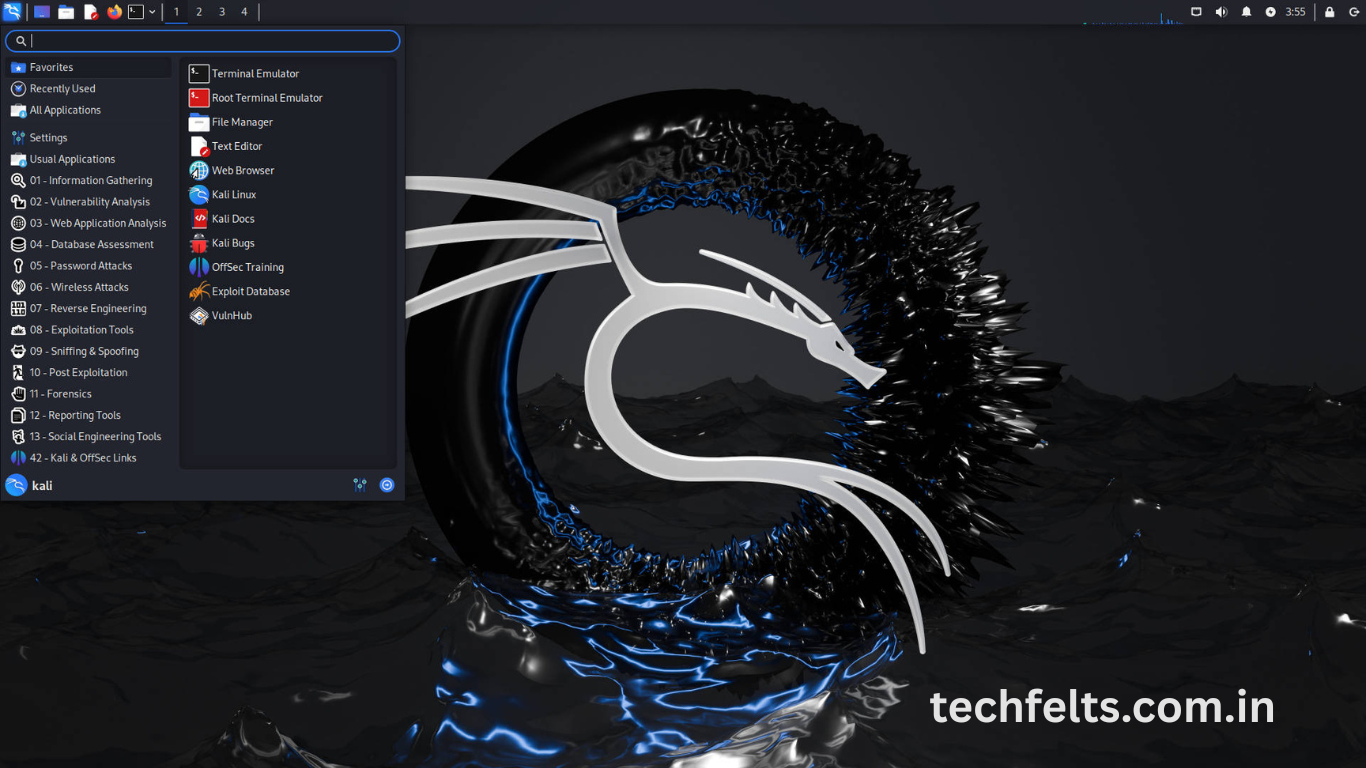Linux has long been hailed for its robust security, but even the most potent systems are not immune to innovative hacking techniques. A new exploit involving io_uring, a powerful Linux kernel feature, has recently emerged as a stealthy method for bypassing traditional threat detection systems. This advanced tactic leverages io_uring’s efficient asynchronous I/O operations to evade the prying eyes of cybersecurity tools, creating serious concerns for Linux administrators and users alike.
As the digital threat landscape evolves, attackers continue finding novel ways to stay ahead. io_uring was designed to enhance system performance, but ironically, its speed and flexibility are now being weaponized. Understanding how this technique works is crucial for IT professionals aiming to fortify their defenses. In this article, we’ll break down how the io_uring hack operates, why it’s so effective, and what measures can be taken to mitigate the risks.
How io_uring Works in the Linux Kernel
io_uring is a Linux subsystem introduced in version 5.1 that allows applications to perform asynchronous I/O operations more efficiently. It creates shared memory rings between the application and the kernel, reducing context switches and boosting performance. However, this exact mechanism can obscure malicious activities from standard detection systems.
Why Attackers Are Exploiting io_uring
Hackers are increasingly exploiting io_uring because it enables high-speed, low-visibility operations. Traditional monitoring tools often miss activity happening within io_uring’s memory-mapped queues, making it easier for malware to operate undetected. This feature is particularly attractive for stealthy data exfiltration or launching persistent attacks.
Challenges in Detecting io_uring-Based Attacks
Standard security tools were not designed with io_uring in mind, meaning they lack visibility into these newer forms of system interaction. Since io_uring operations don’t follow typical syscall patterns, detection engines struggle to flag malicious behavior, giving attackers a significant advantage in remaining hidden.
Real-World Examples of io_uring Hacks
Several recent cybersecurity reports have detailed how advanced persistent threat (APT) groups are integrating io_uring into their attack chains. These attacks typically involve custom-developed malware specifically designed to interact with io_uring APIs, evading endpoint detection and response (EDR) solutions.
Read More : North Korean Hackers Spread Malware via Fake Crypto Firms
Strategies for Defending Against io_uring Exploits
To defend against io_uring-based threats, organizations need updated monitoring solutions that can track asynchronous I/O patterns. Kernel-level visibility tools and behavioral analytics that focus on I/O activities rather than traditional syscalls are essential. Additionally, restricting io_uring access to trusted applications can reduce the attack surface.
The Future of Linux Security Against Emerging Threats
As kernel features like io_uring become more complex, Linux security must evolve accordingly. Future defense strategies will likely involve integrating machine learning models that can identify anomalies in I/O behavior, even when traditional signatures fail to detect threats.
Frequently Asked Questions
What is io_uring in Linux?
io_uring is a Linux kernel feature that improves asynchronous I/O performance by reducing system calls and context switching.
Why is io_uring considered a security risk now?
Hackers are using io_uring’s efficiency to hide malicious activities from traditional detection systems, making it harder to identify attacks.
How does io_uring help malware evade detection?
Malware using io_uring operates through memory-mapped rings, avoiding traditional syscall tracking methods employed by security tools.
Are all Linux systems vulnerable to io_uring attacks?
Systems running Linux kernel versions 5.1 and later are potentially vulnerable, especially if they allow unrestricted io_uring usage.
Can updating antivirus software detect io_uring-based threats?
Most traditional antivirus solutions may not detect io_uring-based threats unless they specifically include monitoring for advanced I/O behaviors.
How can administrators mitigate the risk of io_uring exploits?
Limiting access to io_uring, updating detection tools, and implementing kernel-level monitoring can significantly reduce risk.
Is io_uring only used for malicious purposes?
No, io_uring was created to enhance Linux performance for legitimate applications, but it can be abused if not correctly managed.
What industries are most at risk from io_uring attacks?
Sectors relying heavily on Linux infrastructure, such as finance, cloud services, and telecommunications, are particularly vulnerable.
Conclusion
The exploitation of io_uring for stealth attacks highlights the evolving sophistication of Linux threats. As attackers become more creative, defenders must stay proactive by updating their detection methods and strengthening system monitoring. Staying informed and vigilant is key to maintaining robust cybersecurity in the age of rapidly advancing kernel technologies.

